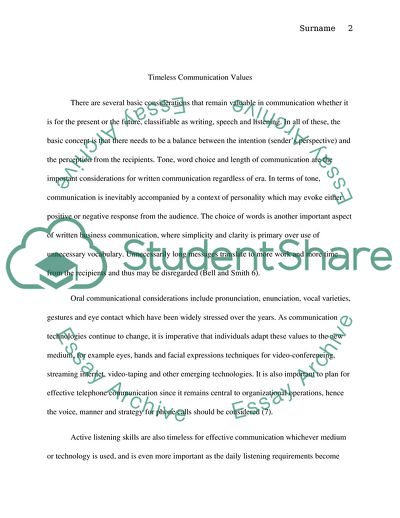Cite this document
(Contemporary Communication Essay Example | Topics and Well Written Essays - 2000 words, n.d.)
Contemporary Communication Essay Example | Topics and Well Written Essays - 2000 words. https://studentshare.org/sociology/1761269-writing-communication
Contemporary Communication Essay Example | Topics and Well Written Essays - 2000 words. https://studentshare.org/sociology/1761269-writing-communication
(Contemporary Communication Essay Example | Topics and Well Written Essays - 2000 Words)
Contemporary Communication Essay Example | Topics and Well Written Essays - 2000 Words. https://studentshare.org/sociology/1761269-writing-communication.
Contemporary Communication Essay Example | Topics and Well Written Essays - 2000 Words. https://studentshare.org/sociology/1761269-writing-communication.
“Contemporary Communication Essay Example | Topics and Well Written Essays - 2000 Words”. https://studentshare.org/sociology/1761269-writing-communication.


